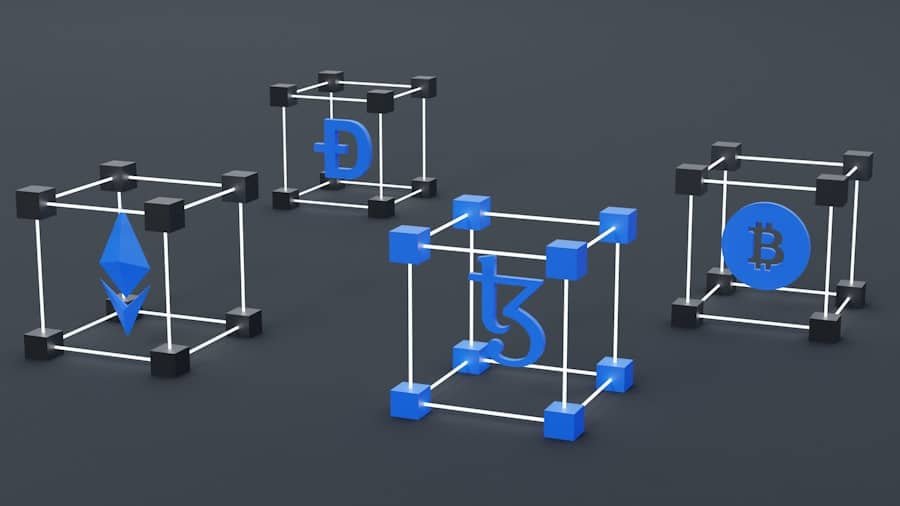Break-even analysis is a critical financial tool used by businesses to determine the point at which total revenues equal total costs, resulting in zero profit or loss. This concept is fundamental in managerial accounting and aids in making informed decisions regarding pricing, production levels, and sales strategies. By identifying the break-even point, companies can assess the risk associated with specific ventures and develop strategic plans to maximize profitability.
This analysis is particularly valuable for new businesses or those considering the launch of new products or services. It provides essential insights into the minimum sales volume required to cover all costs and begin generating profits. Additionally, break-even analysis can be used to evaluate the impact of changes in pricing, variable costs, and fixed costs on overall business profitability.
Essentially, this analytical tool serves as a guide for businesses to navigate the complexities of cost management and revenue generation effectively.
Key Takeaways
- Break-even analysis helps businesses determine the point at which they cover all their costs and start making a profit.
- The components of break-even analysis include fixed costs, variable costs, selling price, and contribution margin.
- The break-even point is calculated by dividing fixed costs by the contribution margin ratio.
- Factors affecting the break-even point include changes in fixed costs, variable costs, selling price, and sales volume.
- Break-even analysis can be used for decision making such as setting prices, determining production levels, and evaluating the feasibility of new projects.
The Components of Break-Even Analysis
Fixed Costs
The first component of break-even analysis is fixed costs, which are expenses that remain unchanged regardless of the level of production or sales. These costs include rent, salaries, insurance, and depreciation.
Variable Costs and Selling Price
The second component is variable costs, which are expenses that fluctuate with the level of production or sales. These costs include raw materials, direct labor, and sales commissions. Another crucial component is the selling price per unit, which represents the amount at which a product or service is sold to customers. This price is a critical factor in determining the break-even point and can be adjusted to assess its impact on profitability.
Contribution Margin
The contribution margin per unit is an important component that represents the amount of revenue remaining after covering variable costs. It is calculated by subtracting the variable costs per unit from the selling price per unit.
Calculating the Break-Even Point

The break-even point can be calculated using a simple formula that takes into account the fixed costs, variable costs per unit, and selling price per unit. The formula is as follows: Break-even point (in units) = Fixed costs / (Selling price per unit – Variable costs per unit) This formula provides a clear indication of the minimum number of units that need to be sold in order to cover all costs and reach the break-even point. Additionally, the break-even point can also be calculated in terms of sales revenue by multiplying the break-even point in units by the selling price per unit.
For example, if a business has fixed costs of $50,000, a selling price per unit of $100, and variable costs per unit of $60, the break-even point can be calculated as follows: Break-even point (in units) = $50,000 / ($100 – $60) = 1,000 units This means that the business needs to sell 1,000 units in order to cover all costs and reach the break-even point. Alternatively, the break-even point in terms of sales revenue can be calculated as $100 x 1,000 units = $100,000.
Factors Affecting the Break-Even Point
Several factors can affect the break-even point of a business, making it essential for managers to consider these variables when conducting break-even analysis. One such factor is changes in fixed costs, which can result from fluctuations in rent, salaries, or administrative expenses. An increase in fixed costs will raise the break-even point, while a decrease will lower it.
Similarly, changes in variable costs can also impact the break-even point. For instance, an increase in the cost of raw materials or direct labor will raise the break-even point, while a decrease will lower it. Additionally, changes in the selling price per unit can have a significant effect on the break-even point.
A higher selling price will lower the break-even point, while a lower selling price will raise it. Furthermore, changes in the sales mix can influence the break-even point. If a business sells multiple products with different contribution margins, changes in the sales mix can affect the overall break-even point.
For example, selling more high-margin products will lower the break-even point, while selling more low-margin products will raise it.
Using Break-Even Analysis for Decision Making
Break-even analysis is a powerful tool that can be used for decision making in various aspects of business operations. One key application is in pricing strategies, where businesses can use break-even analysis to determine the optimal selling price for their products or services. By understanding the relationship between costs, selling price, and sales volume, businesses can set prices that maximize profitability while remaining competitive in the market.
Additionally, break-even analysis can be used to evaluate different production levels and determine the most cost-effective approach to meeting customer demand. By comparing the break-even points for different production volumes, businesses can identify the level of output that minimizes costs and maximizes profits. This information is invaluable for capacity planning and resource allocation.
Moreover, break-even analysis can assist businesses in assessing the financial feasibility of new projects or investments. By calculating the break-even point for a new venture, businesses can evaluate its potential profitability and make informed decisions about resource allocation and risk management. This allows businesses to prioritize projects that are likely to generate positive returns and avoid those with uncertain financial prospects.
Limitations of Break-Even Analysis

While break-even analysis is a valuable tool for decision making, it has certain limitations that should be taken into consideration. One limitation is that break-even analysis assumes that all costs are linear and that selling prices and variable costs remain constant. In reality, costs and prices may fluctuate due to changes in market conditions, competition, or economic factors.
Another limitation is that break-even analysis does not account for non-financial factors that may impact business decisions. For example, it does not consider qualitative factors such as customer satisfaction, brand reputation, or market trends. As a result, businesses should use break-even analysis in conjunction with other tools and techniques to make well-informed decisions.
Furthermore, break-even analysis may not be suitable for businesses with complex cost structures or those operating in dynamic industries with rapid technological advancements. In such cases, more sophisticated financial models and forecasting techniques may be necessary to accurately assess profitability and risk.
Real-World Examples of Break-Even Analysis
Break-even analysis has been widely used by businesses across various industries to make strategic decisions and assess financial performance. For example, a manufacturing company may use break-even analysis to determine the minimum number of units it needs to produce in order to cover all costs and start generating profits. By understanding its break-even point, the company can set production targets and pricing strategies to maximize profitability.
Similarly, a retail business may use break-even analysis to evaluate different pricing scenarios and assess their impact on overall profitability. By calculating the break-even point for various price levels, the business can identify the most profitable pricing strategy while remaining competitive in the market. Furthermore, a service-based business such as a consulting firm may use break-even analysis to assess the financial feasibility of expanding its service offerings or entering new markets.
By calculating the break-even point for new ventures, the firm can evaluate their potential impact on overall profitability and make informed decisions about resource allocation and investment. In conclusion, break-even analysis is a valuable tool for businesses to assess their financial performance and make informed decisions about pricing, production levels, and resource allocation. By understanding its components and limitations, businesses can effectively leverage break-even analysis to maximize profitability and mitigate risk in today’s competitive business environment.
If you’re interested in learning more about break-even analysis and how firms determine the minimum output for profitability, you should check out the article “Understanding Break-Even Analysis in Business” on The Econosphere. This article provides a comprehensive overview of break-even analysis and its importance in helping businesses make informed decisions about pricing, production, and overall profitability. It’s a must-read for anyone looking to gain a deeper understanding of this essential financial concept.
FAQs
What is break-even analysis?
Break-even analysis is a financial calculation used by businesses to determine the minimum level of output or sales needed to cover all costs and start making a profit.
How is the break-even point calculated?
The break-even point is calculated by dividing the total fixed costs by the contribution margin per unit. The contribution margin is the difference between the selling price per unit and the variable cost per unit.
Why is break-even analysis important for firms?
Break-even analysis helps firms understand their cost structure and the level of sales or production needed to cover costs and make a profit. It also helps in making pricing decisions and setting sales targets.
What are the limitations of break-even analysis?
Break-even analysis assumes that all costs are either fixed or variable, which may not always be the case in reality. It also does not take into account factors such as changes in demand, competition, and market conditions.
How can firms use break-even analysis in decision-making?
Firms can use break-even analysis to set pricing strategies, determine production levels, assess the impact of cost changes, and evaluate the feasibility of new projects or investments.








